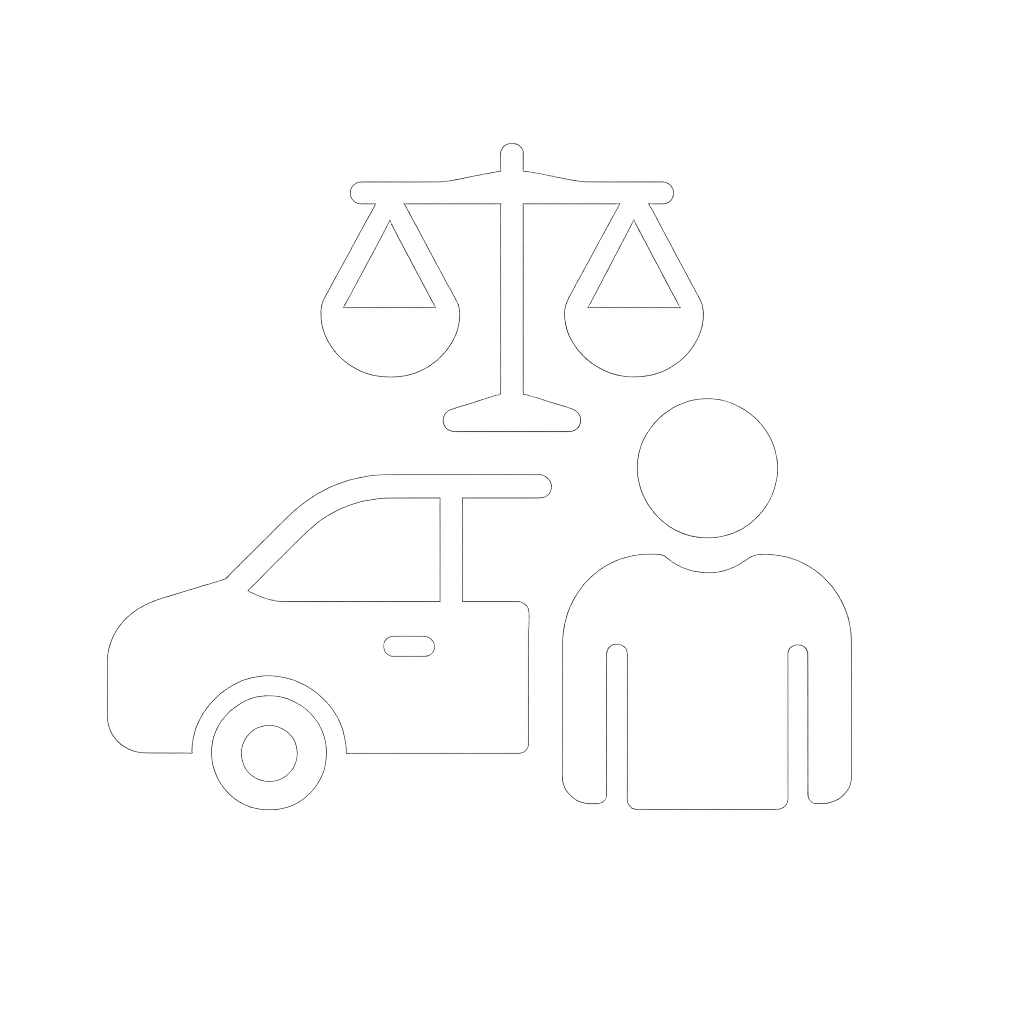is a critical topic for anyone who has been involved in a vehicle accident. The sudden jolt from a collision can cause significant strain on the neck, leading to a range of painful and potentially long-lasting symptoms. Recognizing the signs of whiplash and understanding the available legal recourse is essential for those seeking compensation for their injuries. This article will delve into the common symptoms associated with whiplash injuries and outline the legal options available to individuals affected by such incidents.
Understanding Whiplash Injuries and Their Impact
Whiplash Injuries – Understanding Symptoms and Legal Options After a Crash is a critical topic for individuals who have been involved in vehicular accidents. Whiplash is a non-medical term describing a range of injuries to the neck caused by or related to a sudden distortion of the neck associated with extension or extension-rotation. The injury is typically associated with road traffic accidents, especially when one vehicle is struck from behind or from the side. Understanding the symptoms and legal options available after such an incident is crucial for those affected.Recognizing the Symptoms of Whiplash Injuries
Symptoms of whiplash injuries can vary widely among individuals. Common symptoms include neck pain and stiffness, headaches, dizziness or vertigo, and fatigue. Some people may also experience temporomandibular joint (TMJ) dysfunction, characterized by jaw pain and clicking. Recognizing these symptoms early on is essential for seeking appropriate medical attention and for documenting the injury for potential legal claims.The Importance of Medical Evaluation
After a crash, it's crucial to undergo a medical evaluation, even if the symptoms seem minor. A healthcare professional can assess the extent of the injury and provide a proper diagnosis. This step is vital not only for treating the injury but also for creating a medical record that can be used as evidence if one decides to pursue a legal claim. Delayed symptoms are common in whiplash injuries, making an immediate medical check-up indispensable.Legal Options After a Whiplash Injury
Individuals who suffer from whiplash injuries due to another's negligence may be entitled to compensation. Legal options typically involve filing a claim against the at-fault party's insurance. Understanding one's legal rights and the process of making a claim is crucial. It is advisable to consult with a legal professional who specializes in personal injury cases to navigate the complexities of the law and ensure that one's rights are protected.Documenting the Injury and Accident
Thorough documentation is key to a successful claim. This includes medical records, photographs of the accident scene, witness statements, and any other relevant evidence. Keeping a detailed record of the symptoms, medical treatments, and how the injury affects daily life is also essential. This documentation will support the claim and help in negotiating a fair settlement.Pursuing Compensation for Whiplash Injuries
Pursuing compensation involves more than just filing a claim; it requires demonstrating the extent of the injury and its impact on the individual's life. Compensation can cover medical expenses, lost wages, and non-economic damages such as pain and suffering. An experienced attorney can help in assessing the value of the claim and in negotiations with insurance companies.| Symptom | Description |
| Neck Pain and Stiffness | Common initial symptoms due to the strain on neck muscles and joints. |
| Headaches | Often result from the tension in the neck muscles. |
| Dizziness or Vertigo | Can occur due to the impact on the inner ear or the brain. |
| TMJ Dysfunction | Characterized by jaw pain and clicking due to the sudden movement of the jaw during the accident. |
| Fatigue | A common symptom resulting from the physical and emotional stress of the injury. |
Frequently Asked Questions?
What are the common symptoms of whiplash injuries?
Whiplash injuries often result in a range of symptoms, including neck pain and stiffness, headaches, and dizziness. Some individuals may also experience shoulder pain, fatigue, or cognitive difficulties such as memory problems or difficulty concentrating. These symptoms can vary in severity and may not always be immediately apparent after a crash.How are whiplash injuries diagnosed?
Diagnosing whiplash injuries typically involves a combination of medical history, physical examination, and sometimes imaging tests such as X-rays or an MRI. A healthcare professional will assess the extent of the injury and rule out other potential causes of symptoms. It's crucial to seek medical attention after a crash, even if symptoms seem minor, to ensure accurate diagnosis and appropriate treatment.Can I claim compensation for whiplash injuries after a car crash?
If you've suffered whiplash injuries in a car crash that wasn't your fault, you may be entitled to compensation. The process typically involves filing a claim against the at-fault driver's insurance. It's advisable to consult with a personal injury lawyer who can guide you through the legal process and help you understand your rights and options.What are my legal options if the insurance company denies my whiplash claim?
If your whiplash claim is denied by the insurance company, you have several legal options available. You may be able to negotiate a settlement or file a lawsuit against the at-fault party. Consulting with an experienced personal injury attorney can provide you with the necessary guidance and representation to pursue your claim effectively.Para profundizar en este tema tan relevante, te presentamos un video que explora en detalle los síntomas de las lesiones por latigazo cervical y las opciones legales disponibles tras un accidente, ofreciendo una guía completa para la recuperación y compensación.

